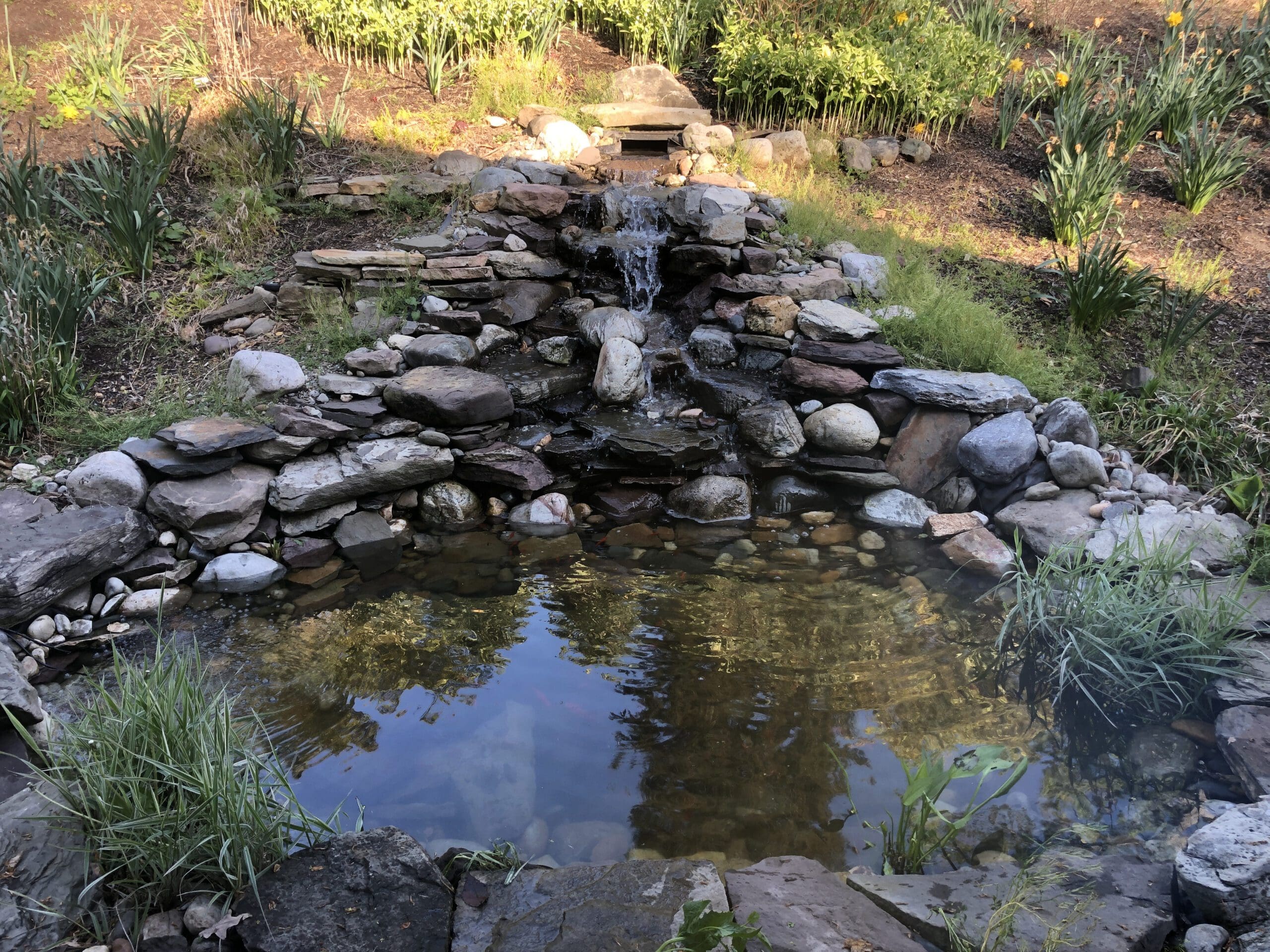What do you with Pond Plants in the Fall?
How do you handle Pond Plants in the Fall? Here on the east coast, the seasonal change from summer to fall is apparent by the beautiful, multi-colored leaves and the dip toward cooler temperatures. How will that chill you feel in the air affect the plants in your aquatic paradise?
Hardy Marginals
As with terrestrial, perennial plants, dropping temperatures signal your hardy aquatic plants to prepare for their winter dormancy. At this time, you should stop fertilizing them as you see leaves begin to yellow and brown. It’s OK to leave these plants where they are in your pond to weather the cold of winter, just be sure to trim the dying foliage of your marginal plants down to 2” above the water level.
Tropical Marginals
Treat these plants as they would any garden annual by replacing them each season. A fun alternative to this is to treat them as tropical houseplants and bring them in for the winter. Most tropical marginals will do well potted in heavy garden soil in a sealed clay pot with no drainage holes. When kept wet, the plants do well in a sunny window or sunroom.
Waterlilies
Waterlilies will also begin to show their dislike for the cold with yellowing leaves and fewer flowers. When this happens, the leaf and flower stems of hardy water lilies should be cut back to about 2 to 3” above the base of the plant.
In areas where freezing is likely, plants should be overwintered indoors. This can be a difficult task; therefore many gardeners choose to simply buy a new plant each season.
Lotus
As with the marginals in your pond, the foliage of your lotus plants will need to be trimmed back after they have died back and turned brown. It’s important not to cut the leaves while they are still green because the freshly cut, hollow stems are susceptible to disease which can spread to the plant’s tuber, possibly killing the plant. Lotus tubers will not withstand freezing, so any plants that are growing in the shallow areas of your pond should be moved to the bottom, away from freezing water.
Caring for your Pond Plants in the Falll will mean less work and healthier plants come spring. Contact us for more information on Pond Plants in the Fall.







